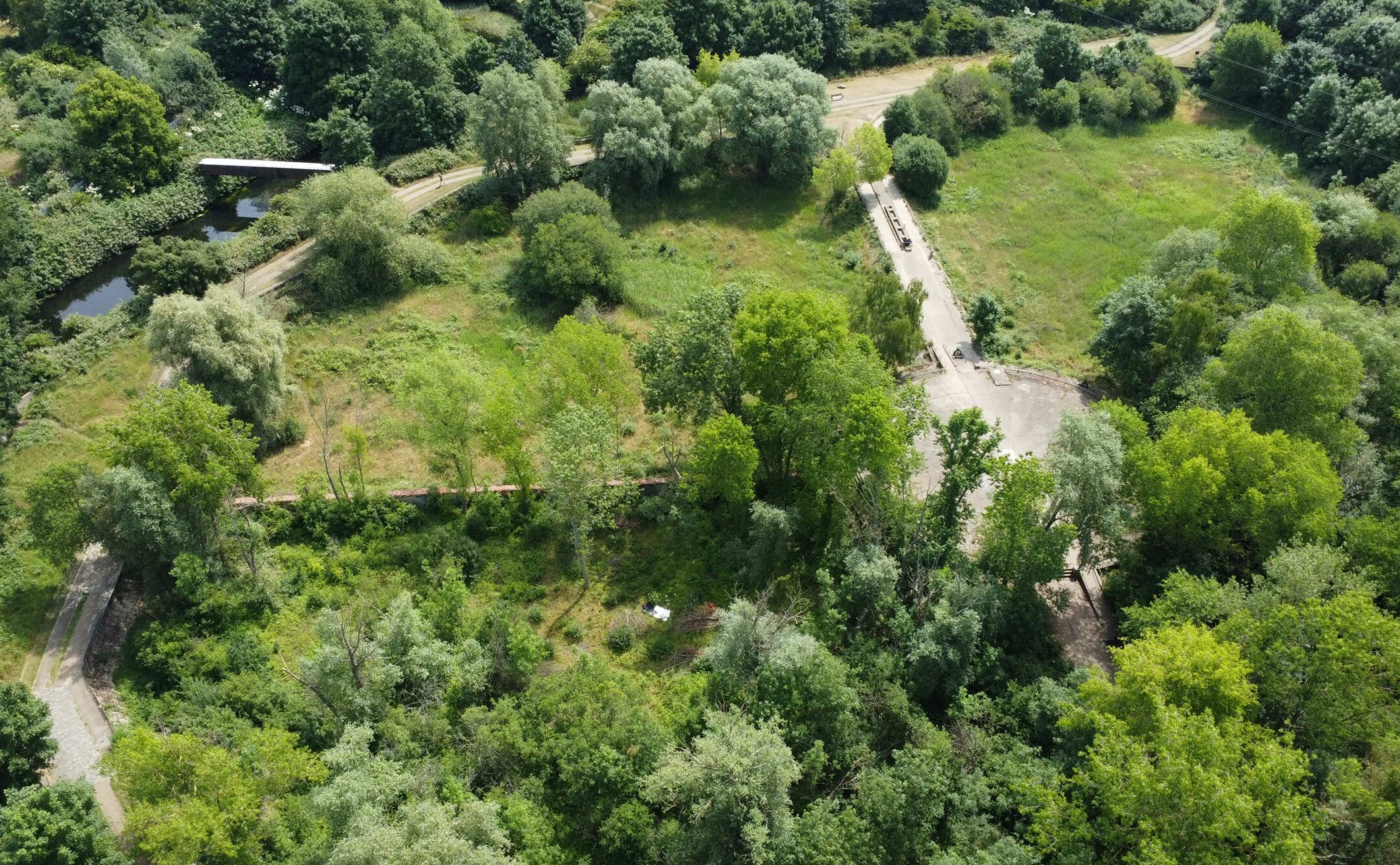Insight
Handing London’s Victorian infrastructure back to nature
20 Jun 2024

Paul Cannaby
Director
Despite wetlands being one of the most vital environments for wildlife and people, these dynamic ecosystems are some of the most threatened habitats in the world.
With global warming, pollution and urbanisation impacting the number of wetlands in the UK, director of civil engineering, Paul Cannaby, explains why the need to nurture wetlands are vital to biodiversity and combating climate change.
What is a wetland area?
Characterised as areas permanently or seasonally inundated with water not only are wetlands complex biodiverse ecosystems providing home to a wide range of wildlife with a diverse range of species, but they also absorb carbon, making them hugely beneficial to us and the planet.
However, despite the need to maintain these vital habitats, they are currently under threat, and around 90% of the UK’s wetlands have disappeared in the last 100 years.
With clear evidence to suggest that wetland species are threatened with extinction, there’s no time like the present to make a change.
Pick Everard are working in collaboration with Lee Valley Regional Park Authority (LVRPA) to take positive action to support wetland recreation at one of our ongoing engineering projects at Middlesex Filter Beds, in Leyton, east London a short distance from the Queen Elizabeth Olympic Park.

Middlesex Filter Beds
Built in the 1800s in response to the devastating cholera outbreaks that killed thousands, the filter beds cleaned London’s water and saved many lives. As the population grew, increased demand for clean water was met by a new treatment facility, and in 1969 the filter beds were closed and abandoned.
Middlesex Filter Beds is a key site in the Lee Valley Regional Park, a 26-mile linear park running through north and east London, Hertfordshire and Essex, which is under the stewardship of Lee Valley Regional Park Authority (LVRPA).
Having identified the filter beds as a lost wetland with the potential to recreate the wetland habitat, LVRPA installed two pumps, powered by a generator, to deliver water from the River Lee. This proved successful until repeated thefts of equipment, and unfortunately the system fell into disrepair.
Without a supply of water, the key flora and fauna that define a wetlands ecosystem succeeded to a woodland habitat and other surrounding overgrown habitats moved into the space.
Restoring Nature
To help restore the wetlands to their former glory and see the return of amphibians such as frogs, toads and newts, dragonflies and water birds such as some duck species, Reed Buntings and Reed Warblers, LVRPA have enlisted the help of our civil engineering team to deliver a robust long-term solution to get water running back into the filter beds.
However, the location of the site and the difficulty in securing a permanent power supply have presented significant challenges to the project team.
The action plan
In order to reinvigorate the wetlands habitat as quickly as possible, the interim solution includes the installation of a new biofuel generator, with new pumps and control equipment.
To deter thieves and ensure the site’s safety, we have developed a range of measures to protect the key equipment, designing a custom welded steel cage, reinforced with mesh plate for the new generator. The fenced compound will also be fitted with additional security measures to offer further protection to the equipment within.
Moving forward, we will continue to examine the available options to secure a permanent power supply to the site. Meanwhile, once the water supply system is reinstated, the area will be monitored by park rangers to ensure water levels are maintained at the correct depth all year round.
Flourishing collaboration
Our tailored approach to developing a bespoke solution for this project will restore the wetlands ecosystem, benefiting local wildlife and maintaining the historical integrity of the site and its link to the surrounding water and environment.
As the work on site begins, we remain dedicated to collaborating with local stakeholders to ensure the long-term viability of this area and look forward to revisiting this to witness the successful revival of this unique habitat.
To discuss our civil engineering services or a potential project, please get in contact with Paul Cannaby.
